Description
Mountain solar power stations refer to photovoltaic power stations built under complex terrain conditions such as mountains and hills. The construction surface is undulating, with different orientations, and is partially accompanied by ravines. The usable area of the terrain is irregular and scattered. The design is difficult and the construction cost is high. Characteristics include reduced power generation efficiency.
The significance of mountain solar:
It is to use sufficient solar radiation energy in mountainous environments and use photovoltaic power generation technology to convert solar energy into electrical energy to meet the power supply needs of mountainous areas. It can effectively save energy, reduce environmental pollution, reduce poverty in mountainous areas, improve the living conditions of local residents, and improve the level of local economic development.
Development model:
It can be divided into distributed type and centralized type. The distributed type uses mountain resources to build multiple small-capacity photovoltaic power generation systems on small-scale land. It can flexibly choose the construction environment and realize investment dispersion and The risk is reduced and small-scale electricity needs can also be met. The centralized mountain photovoltaic system is to build multiple large-capacity photovoltaic power generation systems on a small amount of land. It can meet large-scale power demand and save construction costs. However, due to the concentration of resources, the risks are greater.
Development trends:
In recent years, the development trend of mountain photovoltaics has been very stable, and its installation volume has continued to increase, and it is constantly promoting the scale and efficiency of the mountain photovoltaic power generation market. Mountain photovoltaic power generation technology has become a feasible way to utilize renewable energy, and its development prospects are also very optimistic.
WHB&R Economic benefits of mountain solar:
First, economic benefits, mountain solar power generation can reduce the investment cost of traditional power generation, improve the power supply capacity of the grid, and improve the operating efficiency of the power system;
second, environmental benefits, it can effectively reduce air pollution, Reduce greenhouse gas emissions and extend the vegetation of forests and grasslands;
the third is social benefits. Photovoltaic power generation can bring more employment opportunities to the economic development of mountainous areas, promote economic development, and improve the level of social welfare in mountainous areas.
Challenges in the development of mountain solar include:
1. Feasibility issues: Mountain solar systems need to fully consider factors such as topography, surface coverage, ground verticality, surface structure, etc. Therefore, various feasibility issues need to be taken into consideration during the planning, design, and construction processes.
2. Technical challenges: The design, construction and operation of mountain solar systems need to fully consider the natural environment and topography. Therefore, some technical challenges need to be solved, such as lighting, drainage, vertical installation, power supply, etc.
3. Economic challenges: The construction cost of photovoltaic systems in mountainous areas is often higher than that in plain areas, and maintenance is also very time-consuming and labor-intensive. Therefore, there are also certain economic challenges.
The opportunities brought by the development of mountain solar include:
1. Use mountain resources to develop photovoltaic power generation and use resource advantages to improve power generation efficiency;
2. The terrain and location of the mountain can be used to effectively utilize solar energy during the day to improve the efficiency of photovoltaic power generation;
3. The slope and terrain of the mountain can be used to effectively reduce the size of the solar power generation system, thereby saving installation costs;
4. Land on mountains that is not easily occupied can be used to save development space for power plants;
5. Mountain solar power generation can also make use of reservoirs on mountains to effectively utilize the water storage and networking functions of the reservoirs to improve power generation efficiency.
Mountain solar project development process
1. Research and analysis: Conduct investigation and research on the terrain, soil, climate and other environmental conditions in mountainous areas, and establish a technical parameter database;
2. Engineering design: Based on the research and analysis results and the characteristics of mountain photovoltaic projects, formulate a design plan;
3. On-site debugging: arrange the photovoltaic power station on site according to the design plan, check the installation quality of the components, and complete debugging;
4. Data collection: Install a data collection system to collect real-time operation data of photovoltaic power stations;
5. Safety monitoring: Install a safety monitoring system to monitor the safety status of photovoltaic power stations;
6. Technical maintenance: Perform technical maintenance on the photovoltaic power station regularly to ensure the normal operation of the power station.
Development opportunities and main driving factors of the ground photovoltaic power station industry:
- The government’s support for clean energy continues to increase, and it encourages the construction and development of photovoltaic power stations through various policies and measures to provide a good development environment and policy guarantee for the industry.
- The global demand for renewable energy continues to grow, especially the pursuit of clean energy. Ground photovoltaic power stations, as an important source of renewable energy, will receive more market demand.
- With the advancement of technology and the realization of economies of scale, the construction and operating costs of photovoltaic power stations continue to decrease, making photovoltaic power stations more competitive and attracting more investments and users.
- The continuous innovation of photovoltaic power station technology, including the improvement of the efficiency of photovoltaic modules, the improvement of module materials and the intelligence of equipment, has promoted the improvement of the performance and efficiency of ground photovoltaic power stations.
- The increasing global emphasis on environmental protection and emission reduction, especially the need to deal with environmental issues such as climate change, has promoted the development of photovoltaic power plants.
- Compared with other forms of photovoltaic power stations, ground-based photovoltaic power stations can utilize wider land resources, reduce land use costs, and have greater development space.

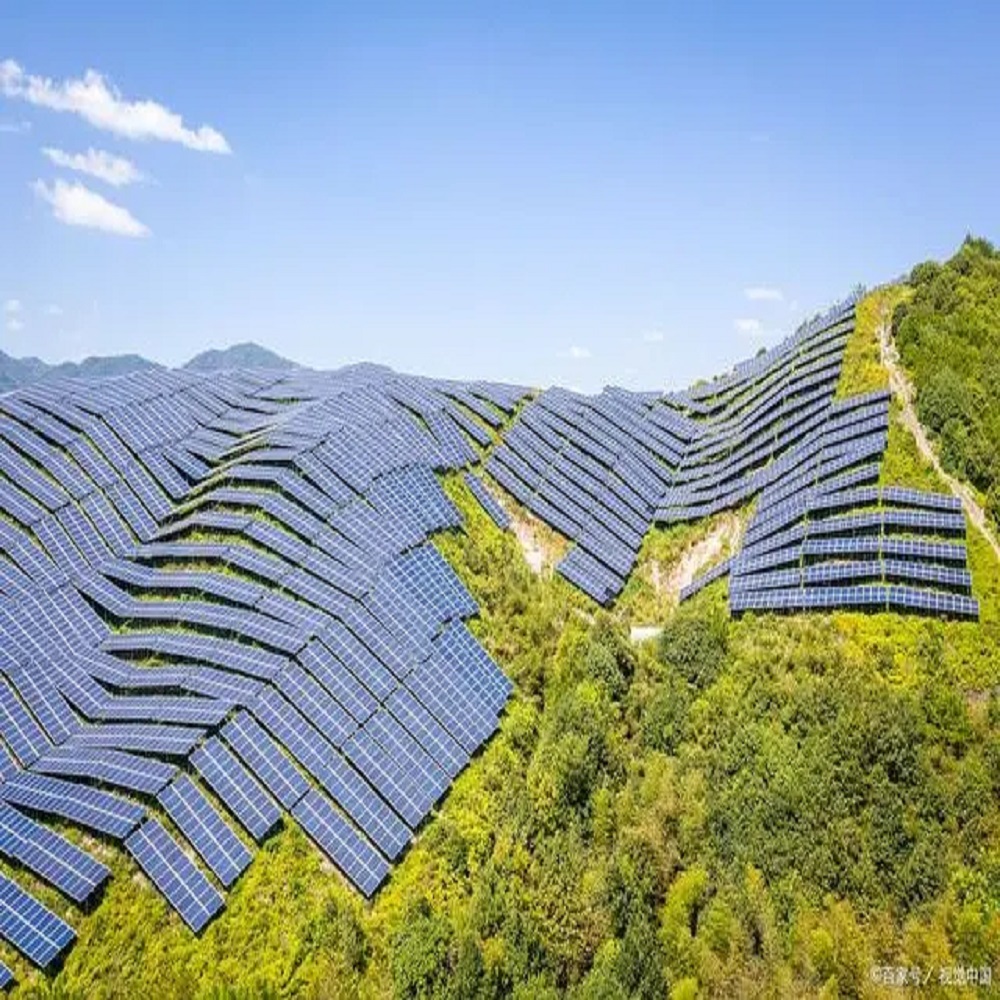
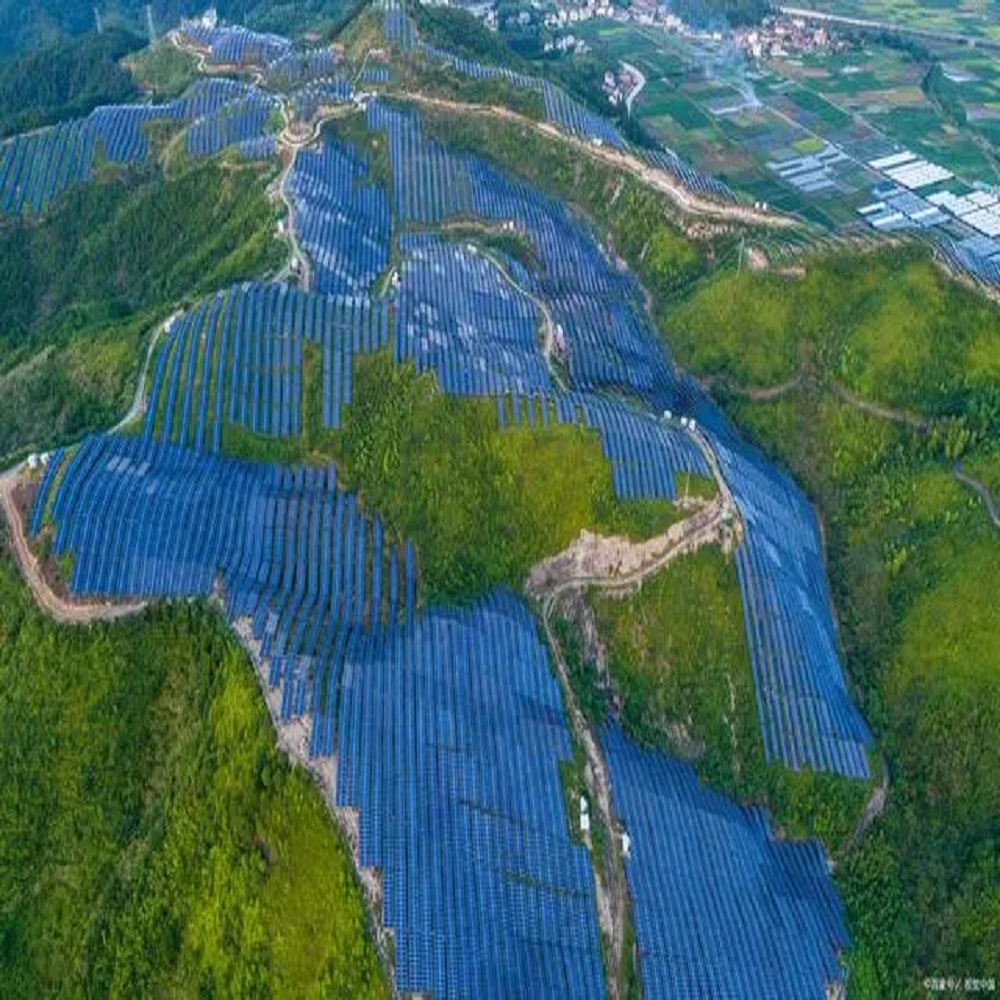
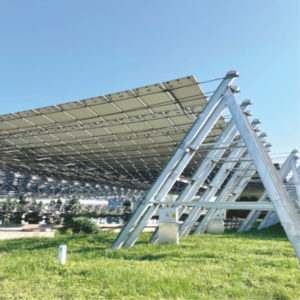
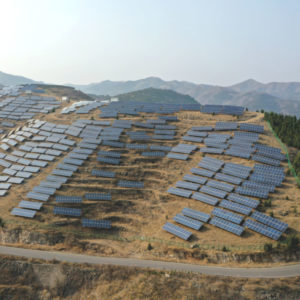
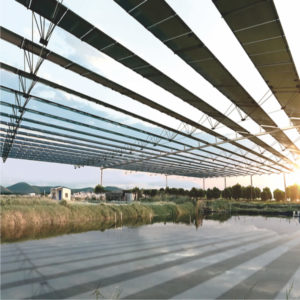
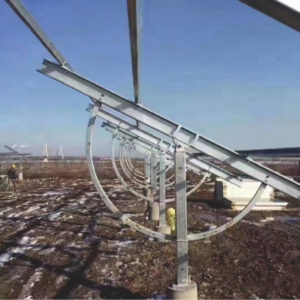
Reviews
There are no reviews yet.